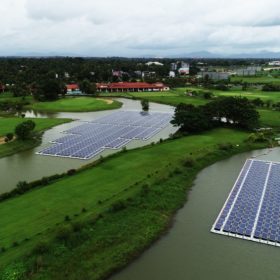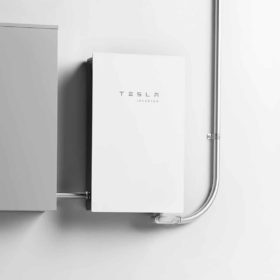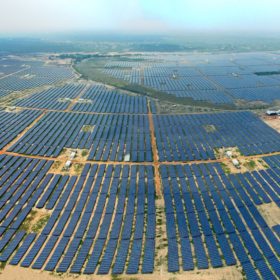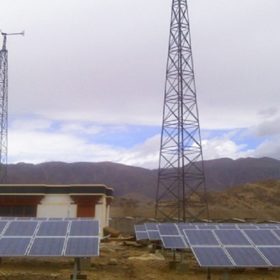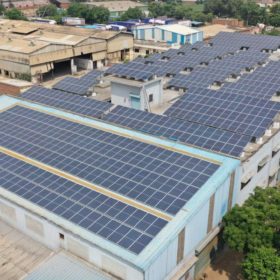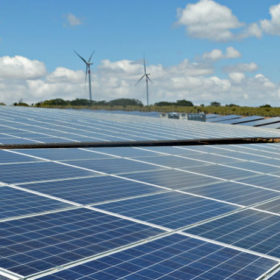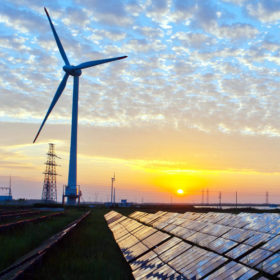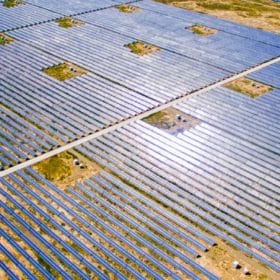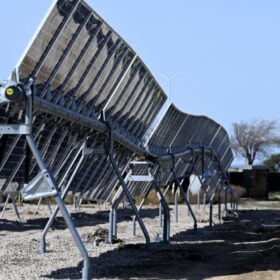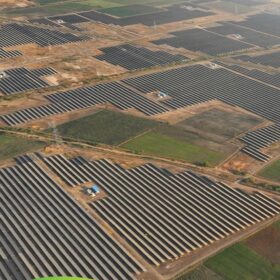Floating solar plant operational at Cochin Airport
The 452 kWp array features 1,300 photovoltaic panels across an acre of water split between two artificial lakes at the airport golf course.
Tesla launches solar inverter
The EV manufacturer with big solar ambitions has finally leveraged its expertise in power electronics technology and launched a solar inverter.
Total to acquire 20% stake in Adani Green Energy
The French oil and gas giant already owns half the stake in the Indian developer’s 2.3 GW operational solar assets in India through a joint venture.
Amplus Solar launches innovation challenge for clean energy start-ups
Applications are invited from start-ups with ready-to-deploy solutions in areas like distributed solar, Internet of Things (IoT) applications in energy, battery storage and electric mobility. Winners will be supported through seed capital to scale up.
New net metering rule will deter rooftop solar adoption, says NSEFI
The developers’ body has sought the power minister’s intervention to withdraw the restriction of 10 kW capacity for net metering under the recently notified Electricity (Amendment) Rules, 2020, saying the provision will prevent high-load industrial consumers from switching to solar.
Shell-backed smart EV startup raises additional seed funding
The Bengaluru-based TresMoto is developing a range of smart, electric two-wheelers designed exclusively for delivery fleet usage with artificial intelligence-driven remote diagnostics and detachable batteries.
Developers’ body seeks wind-solar hybrid relaxations in Maharashtra’s RE policy
The National Solar Energy Federation has asked the State to consider a 15-year electricity duty exemption, transmission charges on the entire capacity instead of per-kWh basis, and delinking of the secondary RE source capacity from the rated power capacity of the primary RE source to promote hybrid project deployment.
Budget expectations for solar manufacturing
The government should consider offering a 50% capital subsidy for setting up R&D and quality testing infrastructure within the manufacturing units and a 200% super-deduction for the R&D expenditure on new and clean solar technology development. Simultaneously, it should look at implementing tariff barriers on imports for at least four-five years.
Hybrid renewable tariffs unlikely to match PV-specific
Uncertainty around generation compensation in the event of curtailment due to grid safety reasons and the requirement to maintain at least 33% wind project share in the total contracted capacity are among the deciding factors in tariff assessment.
Sungrow solar inverter sales in India cross 7 GW
The Chinese manufacturer, which has a central and string inverter factory in Bengaluru, sold a minimum 3 GW of the cumulative sales last year alone. Going forward, it has a strong order book for the upcoming solar capacity too.
